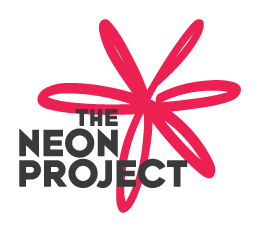
Innovation & design thinking: Skill-ToolKit: 054
Tool: Lateral-thinking skill/tool
——
If somebody asks you, what is Lateral-thinking?
Wait, wait, wait! Read the following article then answer.
——
Let’s do a Lateral-thinking exercise:
Tell me, what is half of 13?
You say 6.5 (six and a half) Yes! You are right.
(The maximum number of people stop by the time they reach this above answer. Yes, its right answer, but it’s the by-product of a logical -thinking, critical-thinking and linear-thinking reply)

But you know, we can half the 13 in many ways, like:
13 – 1 separated from 3!!!
Thirteen – ‘Thir’ separated from ‘teen.’ !!!
Thirteen long sticks – each of stick cut exact in the middle and made two separate groups!!!
Thirteen cups of milk – thirteen cups of milk pored in a jug, and milk from the jug emptied into two large glasses in equally quantity!!!
Likewise, one can keep generating multiple possibilities. This nature of idea generation is an integral part of the Lateral-thinking, and all the Lateral thinking techniques are meant to help you to generate unique, out of the box and innovative ideas.
‘Innovation’ is fueled by Lateral-thinking!
If you want to be an Innovator and Design-thinker, you have to develop Lateral-thinking; there is no other way. Because lateral thinking involves building-up something new rather than analyzing something is existing or old stuff. Hence, Lateral-thinking denotes forward-thinking, whereas Critical-thinking consists of classifying and describing the effect; therefore, it doesn’t make you a forward-thinker.
——
Let’s understand the theoretical part of our brain functions and the Lateral-thinking.
Firstly, our brain is ‘pattern creation and recognition machine’: consider the brain as a pattern-making system. Its information system works to create patterns and to identify them.
Secondly, the patterns tend to become established more rigidly, and it is difficult to change once they have become fixed.
Finally, Lateral-thinking is associated with changing patterns. Rather than taking a pattern and then developing it as is done in Linear- thinking case, Lateral-thinking tries to rearrange the pattern by arranging things together in an unusual way.
——
LATERAL-THINKING TECHNIQUES:
Alternatives Technique:
Using concepts as a breeding ground for new ideas. Sometimes we don’t look beyond the obvious solutions. For instance, if there is a suitable solution to a problem, it can be better to set it aside and deliberately consider alternative approaches.
Example: Need to iron a shirt, do it without an iron box
Approach 1: Iron with something else (a frying pan)
Approach 2: Using warm air to remove wrinkles ( hair blower)
————————
Challenge Technique:
It is a tool meant to ask the question, “Why?” The result is a clear understanding of “Why?” which could spontaneously lead to new ideas.
Example: Why a car has four wheels?
The reason for four wheels is because to provide stability and road grip;
This above answer might trigger possible solutions like:
– Perhaps well-aligned three wheels with wider tire could achieve same grip and stability,
– There could self-balancing technology, and the car can run with excellent stability and good road grip.
————————

